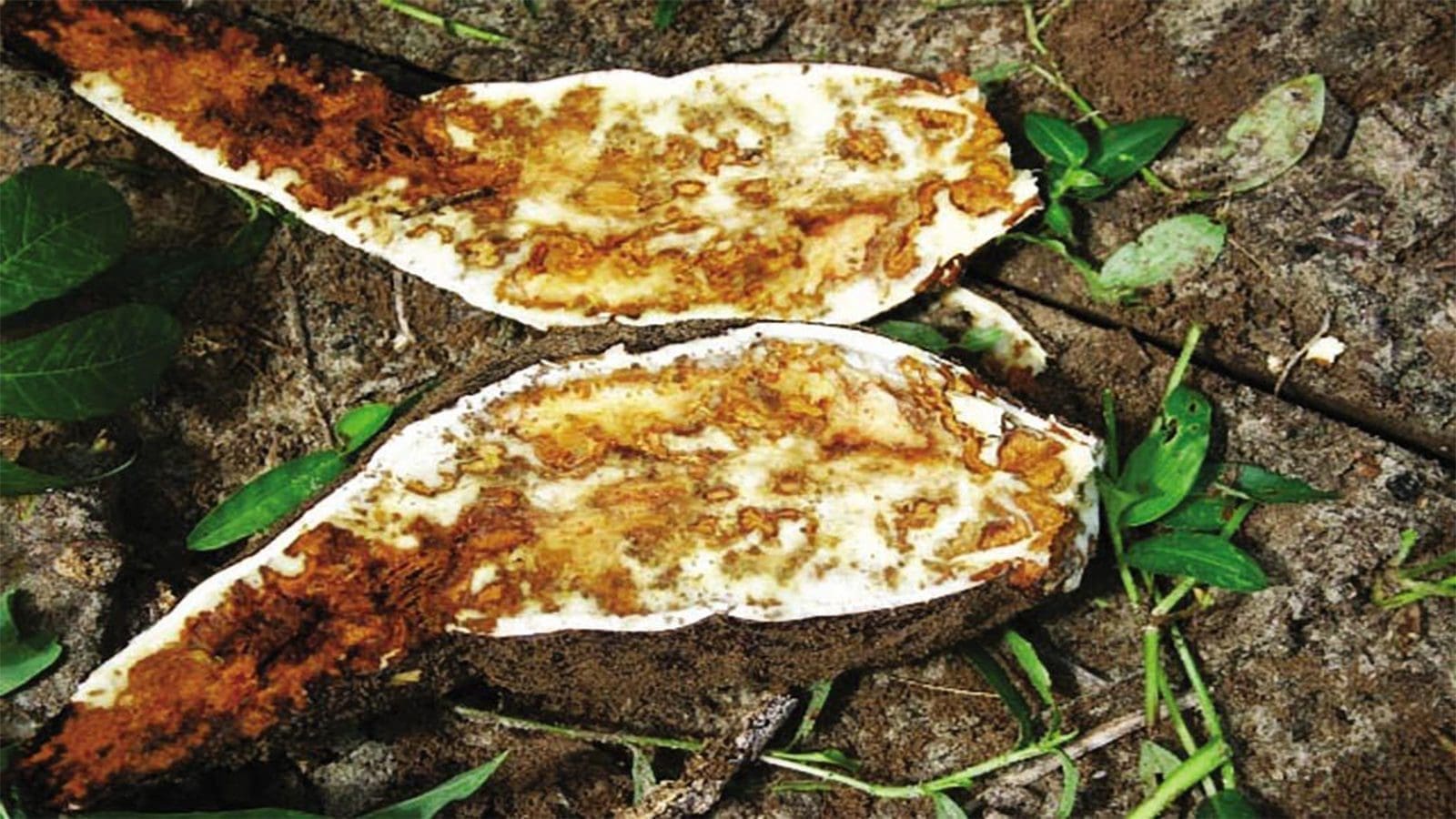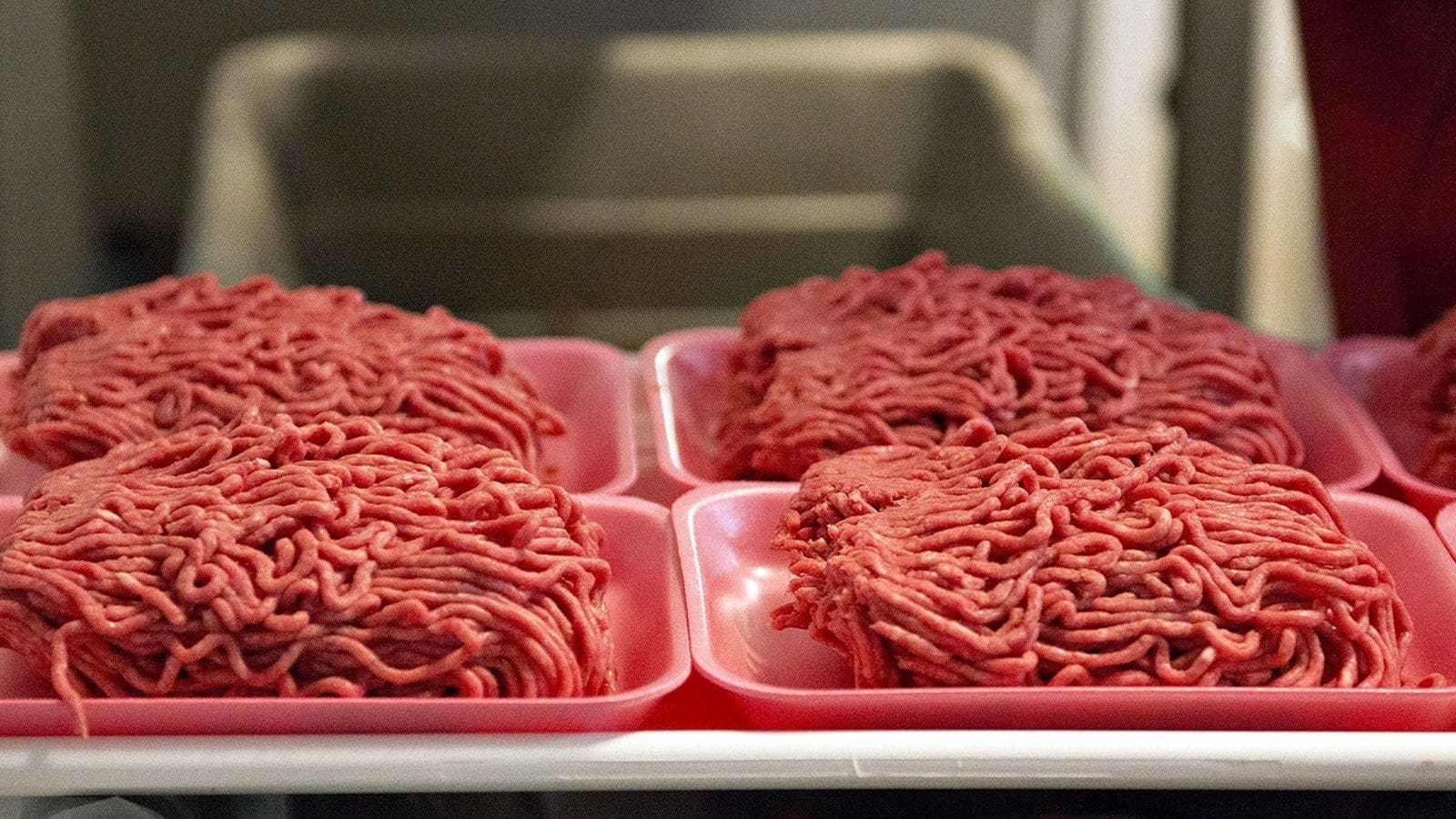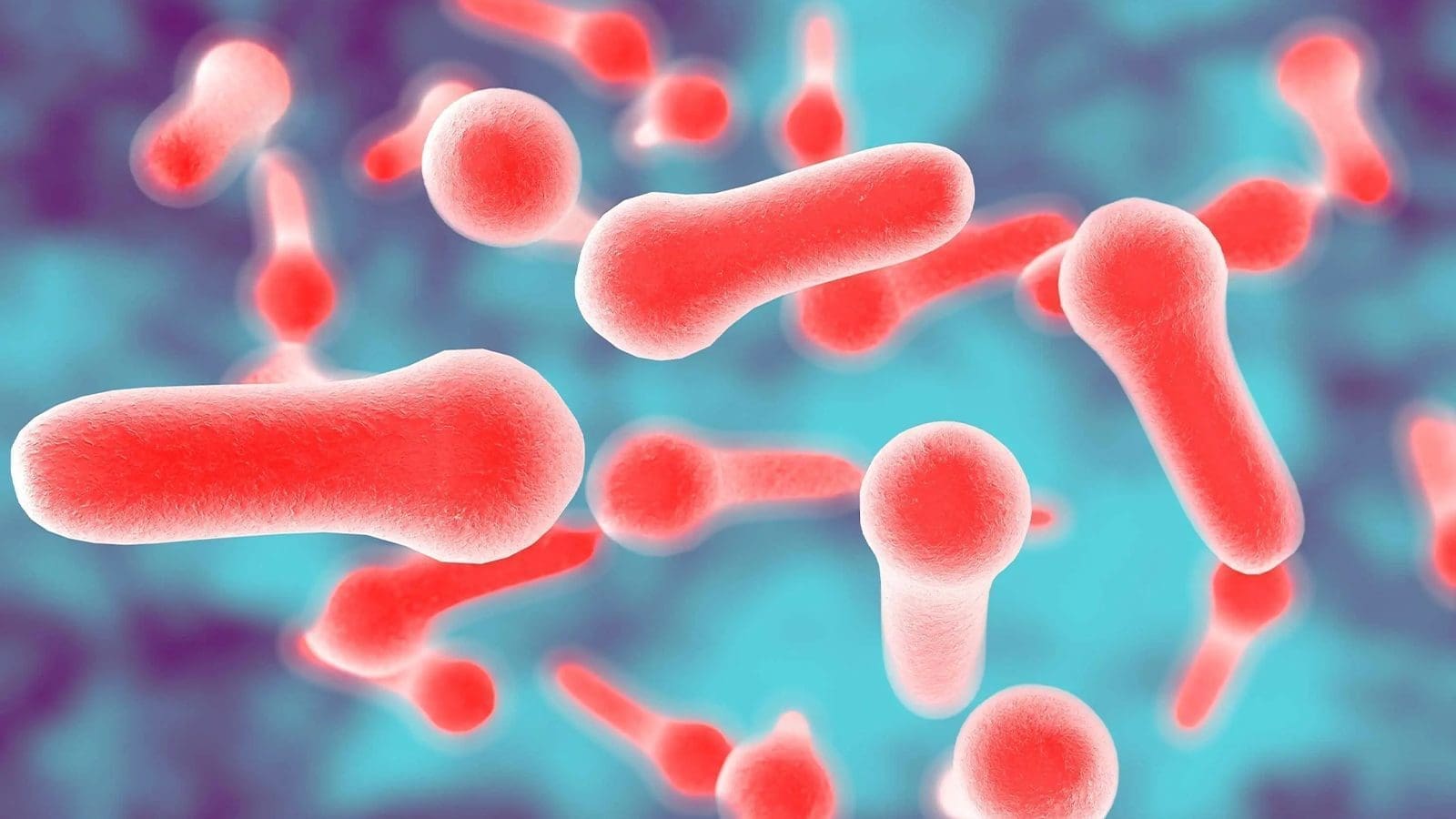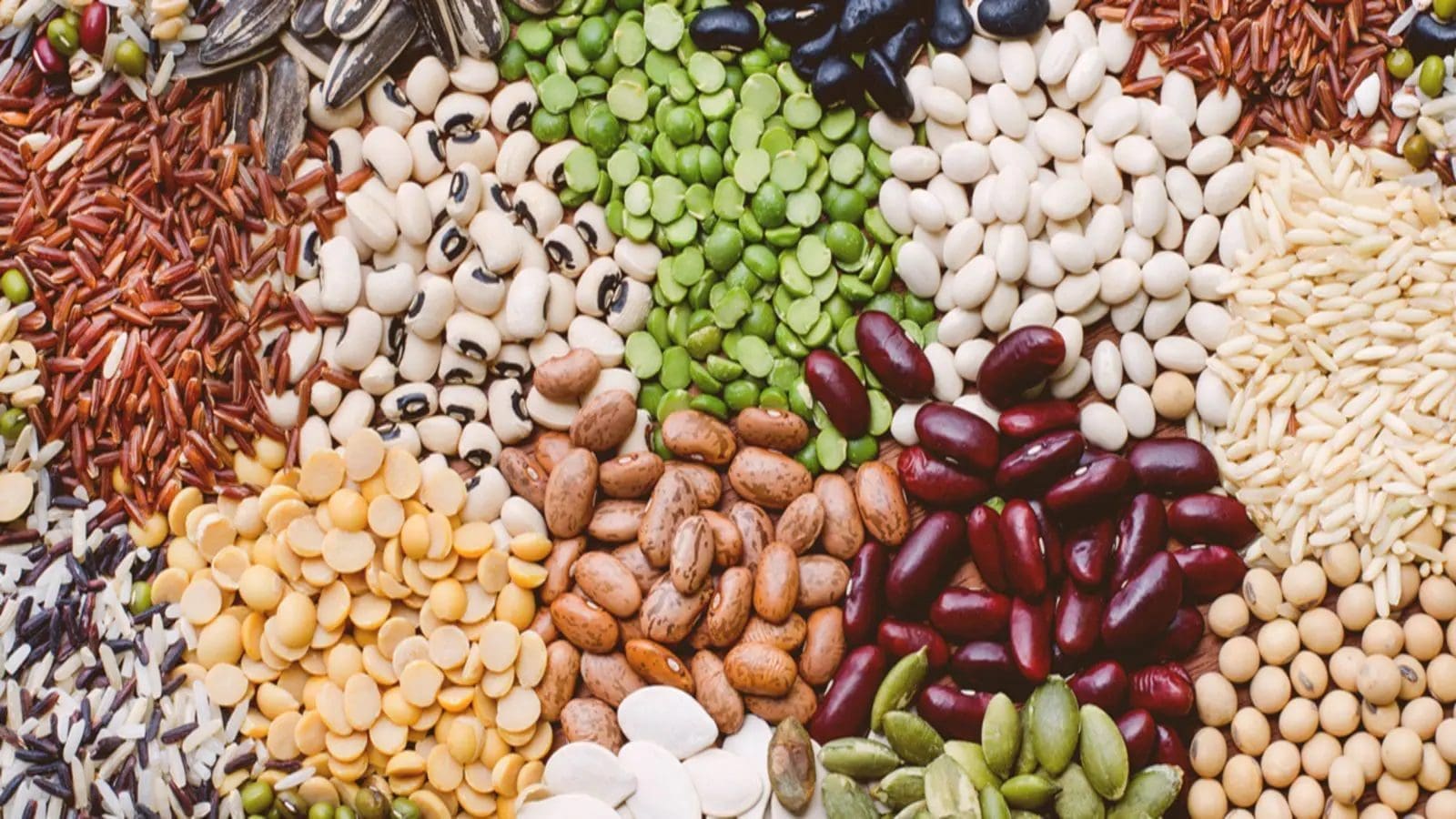UGANDA – According to recent epidemiological studies, a brown streak disease outbreak in West Africa is imminent, and scientists from the International Institute of Tropical Agriculture (IITA), the National Roots Crops Research Institute of Nigeria, and Makerere University now recommend using Uganda’s model as a benchmark there.
In a recent study conducted in Uganda, the researchers suggested that Uganda shares its cultivars resistant to the cassava brown streak disease (CBSD) with West Africa for hybridization. This would allow the region to establish genomic selection as a CBSD breeding strategy.
“There is evidence of the brown streak disease spreading towards West Africa, especially Nigeria. Therefore, precautionary measures through sharing resistant or tolerant varieties with West Africa is critical to avert future disease impacts,” said Alfred Ozimati, a Plant Breeder at the NCRRI and one of the study’s authors.
Uganda’s breeding program has advanced significantly thanks to the use of genomic selection, particularly in the breeding of cassava.
Genomic selection is a well-established technology that has been associated with quicker breeding cycles and better genetic improvements in plant and livestock breeding.
Uganda’s National Crops Resources Research Institute (NCRRI) was one of the first agricultural research institutions in sub-Saharan Africa to use genomic selection to create virus-resistant and high-yielding cassava clones for routine breeding of economically and agronomically significant end-user traits.
The cassava breeding program in Uganda has generated three recurrent genomic selection cycles as part of the Next Generation Cassava Breeding Project, which focuses on resistance to the brown streak and cassava mosaic diseases as well as end-user root quality features.
Nigeria, the largest producer, and consumer of cassava in the world, as well as other countries that grow the tropical root crop, such as Ghana and the Ivory Coast, stand to gain if the experts’ suggestions are put into practice.
“West African cassava-breeding programs need strong partnerships with programs that are actively developing cassava varieties resistant to the brown streak disease,” Ozimati said.
Brown streak disease frequently manifests as mottling of cassava leaves, brown streaks on stems, and hard rots on roots.
It usually results in the complete spoilage of the cassava harvest and other significant quality reductions.
“There is evidence of the brown streak disease spreading towards West Africa, especially Nigeria. Therefore, precautionary measures through sharing resistant or tolerant varieties with West Africa is critical to avert future disease impacts.”
Plant Breeder, NCRRI
Tweet
The NCRRI’s Principal Research Officer and a cassava breeder, Dr. Robert Kawuki, concurs that Uganda’s CBSD-resistant cassava varieties would benefit West Africa in the event of an outbreak.
“Uganda and East Africa in general have a lot of capabilities and research knowledge on the disease that can help West Africa in the event of an outbreak. The genomic selection novel approach (which undertakes predictions) and which we used for the study revealed that all West African cassava germplasm was very susceptible to the disease,” Kawuki said.
He attributes the CBSD spread to West Africa’s weak quarantine measures.
“The disease’s spread to West Africa is imminent owing to weak quarantine measures. The projections are that if it gets there, all cassava plants will be wiped out and the cassava value chain will significantly reduce,” he said.
More progress needed in germplasm development
However, West Africa is hardly a novel place for genetic selection. 2020 saw the introduction in Nigeria of the first cassava cultivars resistant to the cassava mosaic disease, which had been created utilizing genomic selection technologies.
However, the Ugandan study found that the West African cassava germplasm does not contain any cassava cultivars resistant to brown streak disease.
“That worries me because most smallholder farmers lack knowledge on how to combat pests and diseases that attack their cassava crops, yet it is a crop they rely on and which contributes significantly to food security in West African households.
“If plant scientists and researchers from our region collaborate with Ugandan researchers, I am optimistic the brown streak disease will be kept at bay,” said Frieda Tiako, a smallholder cassava farmer from Cameroon’s Northwest region.
Some farmers in Nigeria say their crop is already getting affected, and there is a need for disease-resistant cultivars.
“The mosaic disease is already causing yield losses for many cassava farmers in the region. They do not need another disease that will destroy their crops.
“I encourage our plant scientists and researchers to work even more closely with East African plant scientists to develop CBSD-resistant varieties,” said Sarah Adetutu, a farmer from Abia in Nigeria’s southeast.
Many plant breeders on the continent agree that more progress is needed in germplasm development for cassava than for any other crop, reports Alliance for Science.
“This is because, despite its importance as a food security crop, average yields on the continent remain low in comparison to yield averages in Asian countries such as Thailand, which is the world’s largest exporter of cassava products and the third largest producer of cassava, producing approximately 29 million metric tons per year,” Dida Opio, a Ugandan plant scientist, explained.
According to recent research, cassava mosaic and brown streak diseases are the primary biotic stressors that contribute to the continent’s cassava low yields.
“While the crop is climate-resilient and can withstand high temperatures and long periods without rain, increased public and private investment in crop genomic selection research and biotechnology is required to enable more genetic gains and to develop other plant germplasms that are climate change adaptable,” Opio said.
For all the latest food safety news from Africa and the World, subscribe to our NEWSLETTER, follow us on Twitter and LinkedIn, like us on Facebook and subscribe to our YouTube channel.








